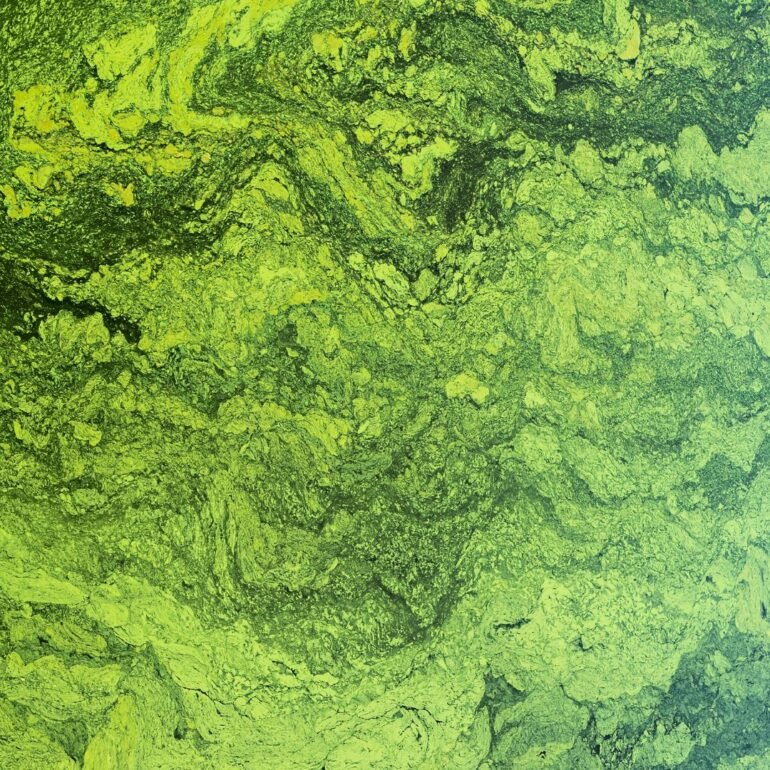The water at Tungabhadra Reservoir has turned green yet again. This has reignited worries among farmers and residents. The reservoir’s emerald tint, intensified by rising inflows, is causing unease along all. This recurring event poses fresh challenges each year, becoming a lasting concern for the community. What is the cause of this green colour? Find out more in this article.
Concerns about waste buildup:
Speculations arise about the potential for the water to undergo a green transformation, potentially due to the influx of industrial and urban effluents into the reservoir. Additionally, a viewpoint exists suggesting that the water’s hue might shift to green due to the abundant application of pesticides and chemicals on the agricultural fields.
Impact on diverse aspects of existence:
The reservoir water serves multiple purposes, being utilized for agriculture, industry, and as a source of drinking water for both humans and livestock. It forms the foundation for a variety of aquatic creatures and avian species, such as otters, fish, crabs, and turtles. It’s worth recollecting that back in 2008 and 2009, during the instances of the reservoir water turning green, a significant number of fish perished within the downstream region.
Consulting with specialists:
Previously, a panel of experts from the Indian Institute of Science conducted an on-site assessment of the reservoir and analyzed the water quality. Their findings indicated that the discoloration of the water into a green hue is attributed to the presence of blue-green algae.
Expert analysis:
The expert perspective emphasizes that wastewater carries elevated levels of nutrients such as nitrogen, phosphorus, potash, nitrate, paste, and citrate. Under the conditions of consistent overcast weather, sunlight exposure leads to the formation of cyanobacteria, commonly known as blue-green algae, in the water. The experts suggest a plausible likelihood of the water undergoing a green transformation as a result.
Inevitable Cycle:
Annually, the State Pollution Control Board carries out water sample assessments of the reservoir, often witnessing the water returning to its usual state by that time. This issue tends to recede to the background then, only to resurface during the rainy season. The district’s residents persistently emphasize that the TB Board should accord significant attention to this customary reservoir transformation and alleviate concerns.
What officials say:
The reservoir will be subject to scrutiny and examination by senior officials from the Pollution Control Board. During this process, water samples will be collected and subjected to thorough analysis. The ensuing report will shed light on the precise catalyst behind the alteration in water appearance, as explained by SC Suresh, Environment Officer at Karnataka State Pollution Control Board in Vijayanagar.
Anticipated Factors:
Potential factors contributing to the water’s green tint encompass the potential influx of waste stemming from sterilization, fertilizer application, industrial discharges, and urban centers. Samad Kottoor, a Wildlife Specialist from Hospet, offers the advice that public purification of the water for drinking purposes is a prudent approach considering these possibilities.



